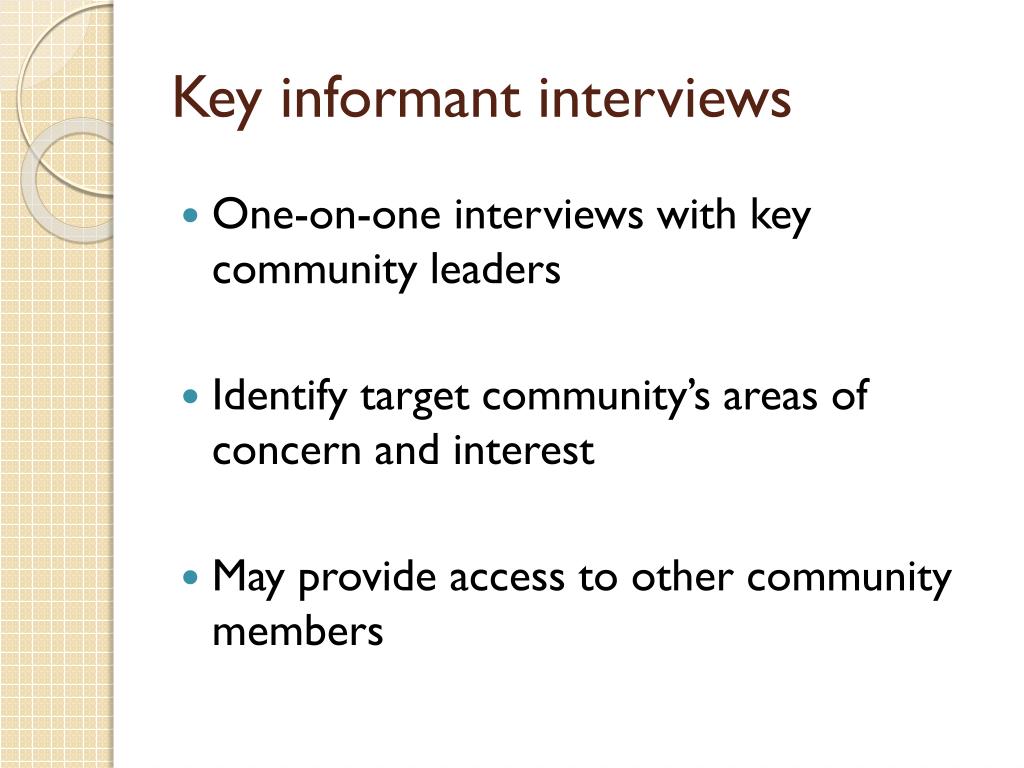

What might help us to better define the research question for this project? Concept: Patient and Family Engagement Probes: What other questions do you think we should ask? Given the task that we have been asked to achieve, do you think we have the correct research question?

Stem Question: Please review the proposed research question. Send comments regarding this burden estimate or any other aspect of this collection of information, including suggestions for reducing this burden, to: AHRQ Reports Clearance Officer, Attention: PRA, Paperwork Reduction Project (0935-0179), AHRQ, 5600 Fishers Lane, Mail Stop Number 07W41A, Rockville MD 20857. An agency may not conduct or sponsor, and a person is not required to respond to, a collection of information unless it displays a currently valid OMB control number. Public reporting burden for this collection of information is estimated to average 60 minutes per response, the estimated time required to complete the survey. The purpose of today's interview is to learn about your experiences with We will take about an hour or so. Thank you for agreeing to do this interview! My name is and I will be asking you questions today about patient safety, health literacy, and what you have done to improve these conditions in primary care settings.Īs you know, this project is being funded by the Agency for Healthcare Research and Quality, which is a federal agency that works to improve the quality, safety, efficiency, and effectiveness of health care for all Americans. Interviews will take approximately 60 minutes each. A waiver of documentation of informed consent will be obtained from MedStar Health Research Institutes Institutional Review Board. Interviews will be conducted by telephone and will be audio recorded with participant consent.Īt the time of the interview, interviewer will ask participant over the phone if he or she agrees to be interviewed and audio taped. Date Key Informant Interview Guide-Telephone See Interviews for more general advice on interviewing.Exp. In selecting key informants, make sure to include a wide range of perspectives and points of view, including selecting from different groups of key stakeholders. The total number generally is no more than 35. When selecting key informants, it is often a good idea to start with a smaller amount as initially unplanned informants are often added. It is sometimes useful to prepare different guides for different groups of informants. When preparing a guide for interview topics, items are usually limited to 12 items so as to allow for in-depth discussion.
#Key informant interview for free#
The interview should allow for free discussion by informants however, interviewers should be aware of what questions to ask and topics that should be covered. When formulating study questions, limit the amount to five or fewer. The validity of the data can sometimes be difficult to prove. Systematic analysis of a large amount of qualitative data can be time-consuming.

There is a potential bias if informants are not selected with care. There is a potential for the interviewer to unwittingly influence the responses given by informants. They allow for new and unanticipated issues and ideas to emerge. The information gathered comes from people who have relevant knowledge and insight. They are an affordable way to gain a big picture idea of a situation. In order to help frame the issues that are relevant before designing a quantitative study.In order to interpret quantitative data by interviewing key informants about the how and why of the quantitative findings.When generating recommendations is the key purpose.When it is important to gain an understanding of the perspectives, behaviour and motivations of customers and partners of an activity or project in order to explain the shortcomings and successes of an activity.When decision-making can be achieved through qualitative and descriptive information.USAID (1996) lists a number of situations in which key informant interviews are useful: Interviewers frame questions spontaneously, probe for information and take notes, which are elaborated on later" (USAID 1996). Key informant interviews resemble a conversation among acquaintances, allowing a free flow of ideas and information. The interviews are loosely structured, relying on a list of issues to be discussed. Key informant interviews are "qualitative, in-depth interviews of 15 to 35 people selected for their first-hand knowledge about a topic of interest.


 0 kommentar(er)
0 kommentar(er)
